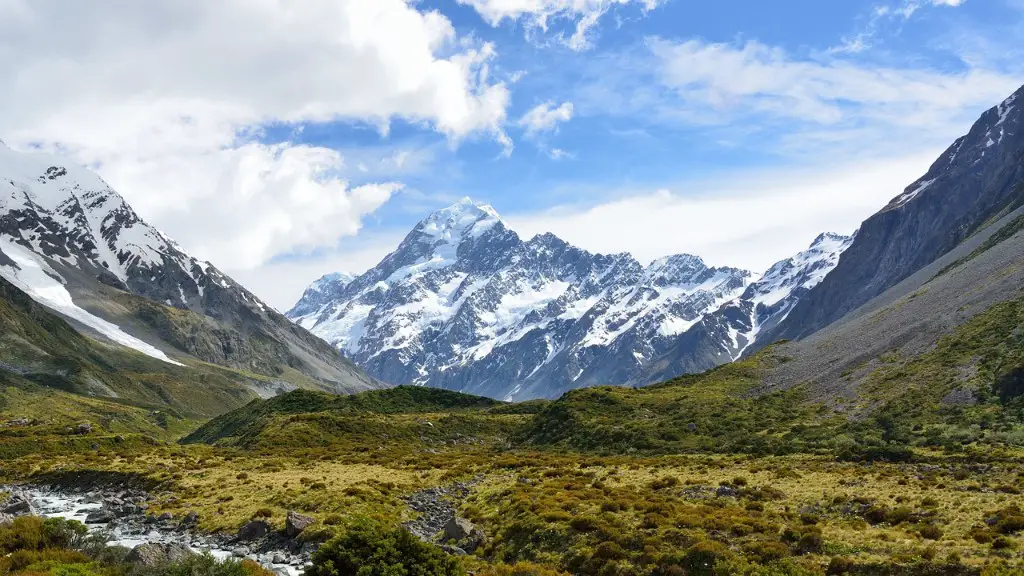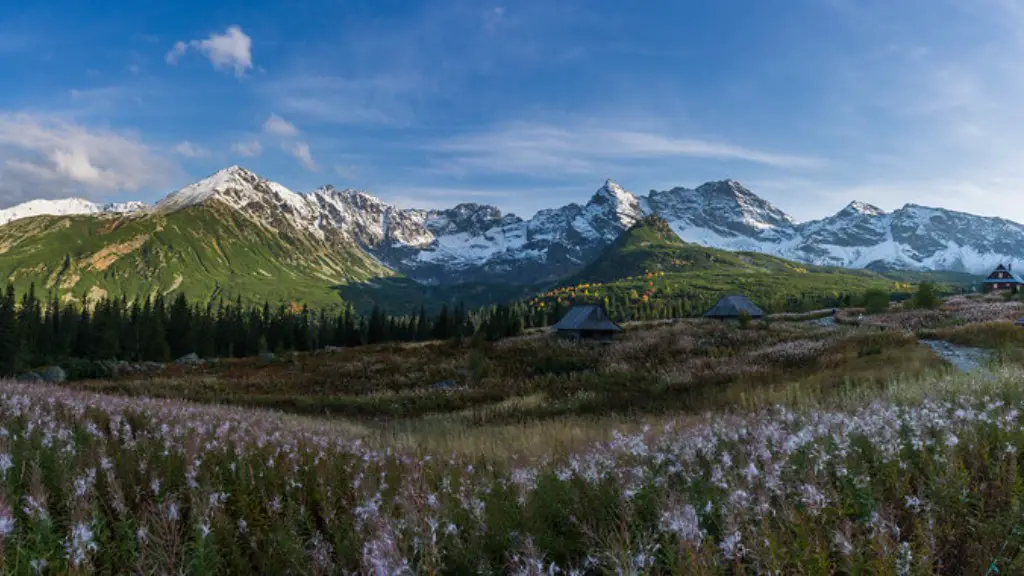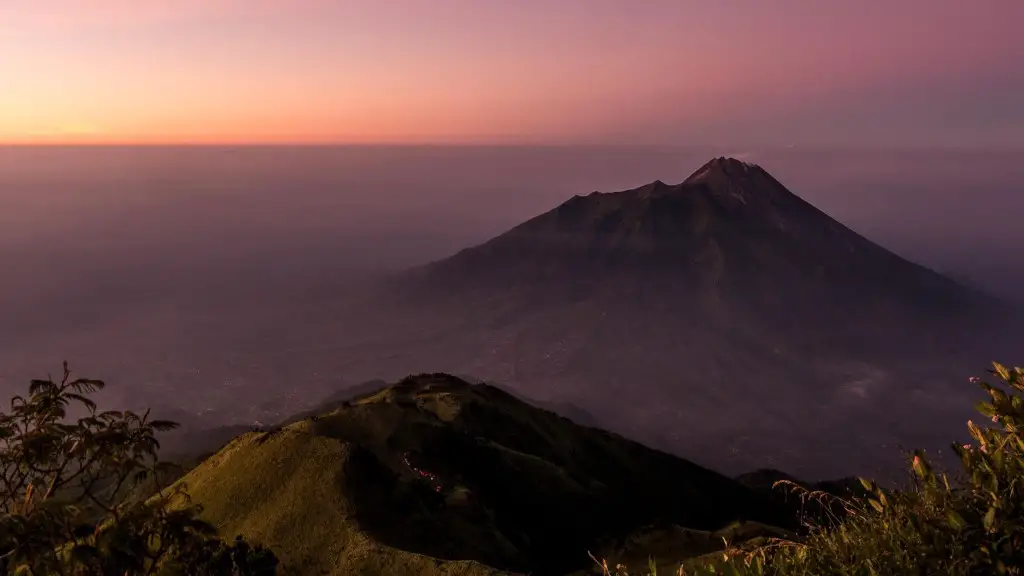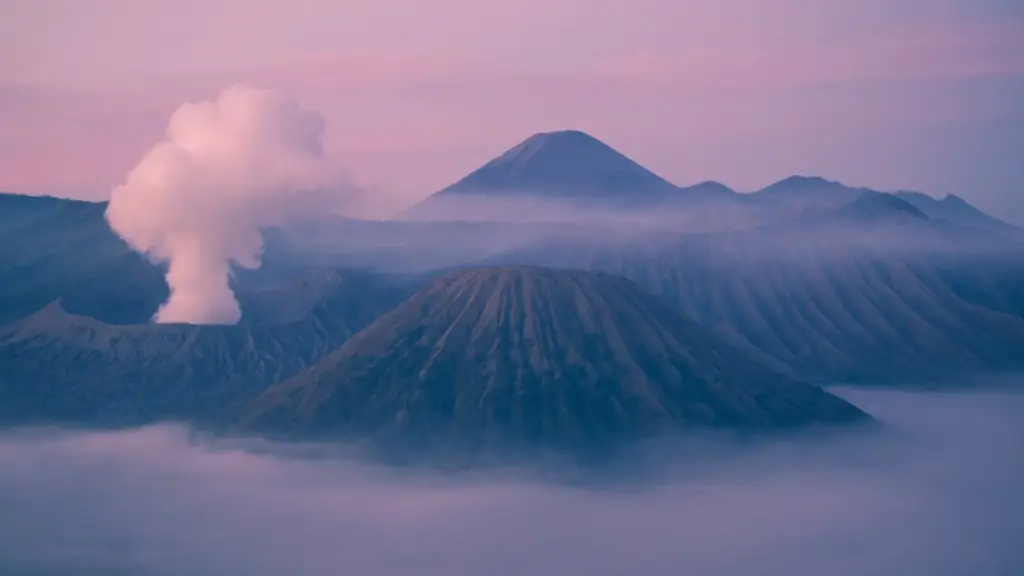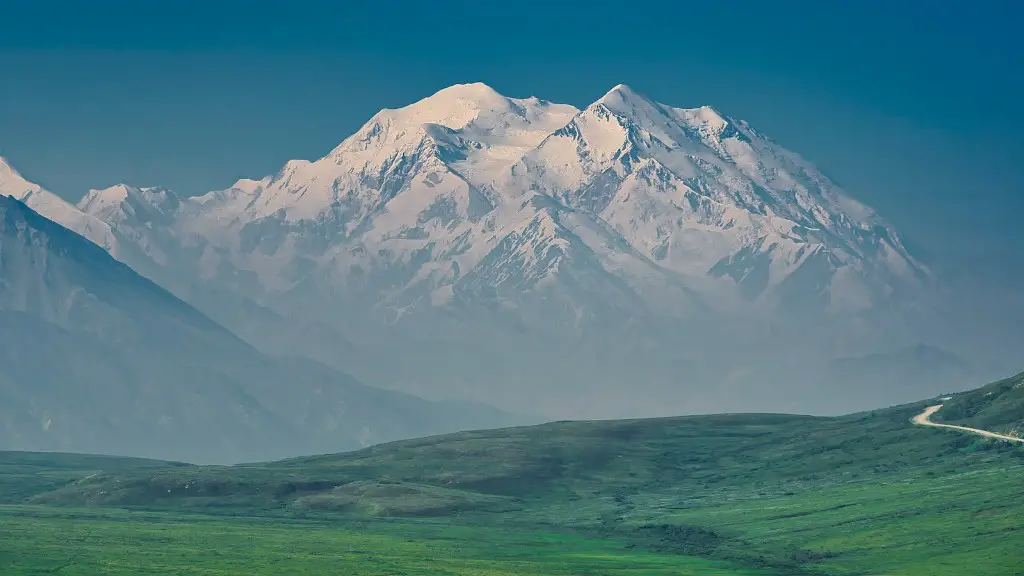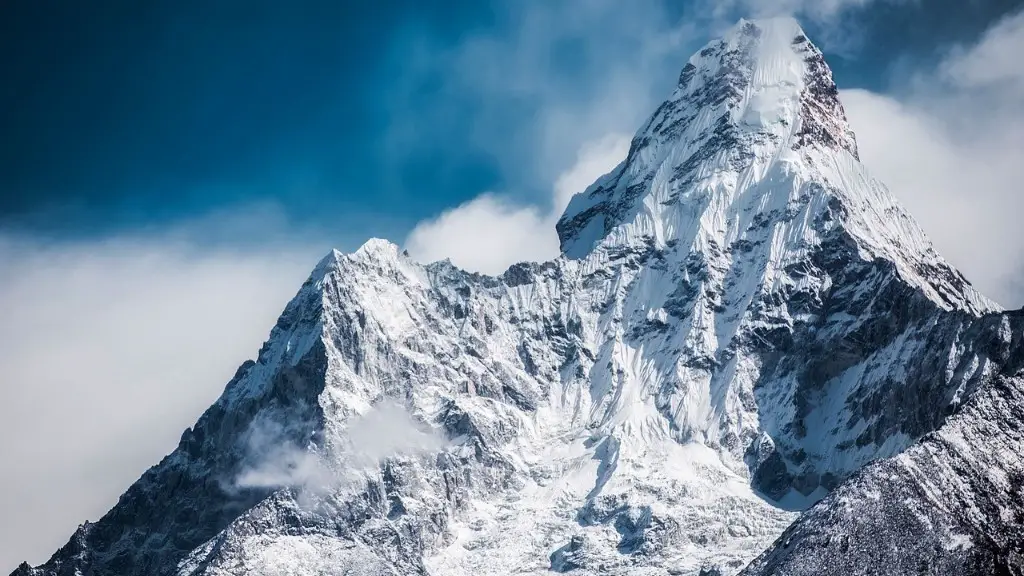Mount Kilimanjaro is a popular destination for tourists, but there are some risks associated with travel to this location. The most significant danger is altitude sickness, which can be a serious health concern for those who are not used to being at high altitudes. There are also dangers associated with the climb itself, such as falling rocks or avalanche. However, as long as you are aware of the risks and take the necessary precautions, travel to Mount Kilimanjaro can be safe and enjoyable.
There is no easy answer to this question as there are many factors to consider. The safety of any trip depends on the preparation of the traveler, the conditions at the destination, and the political stability of the region. With that said, there are many people who travel to Mount Kilimanjaro safely every year.
How safe is Mt. Kilimanjaro?
Climbing Kilimanjaro can be dangerous if you don’t prepare properly, do your research, and listen to your guide. The death rate for tourists is very low, at an estimated 10 people a year, and most of these are due to avoidable altitude problems.
If you are planning to climb Mount Kilimanjaro, you will need to take antimalarial drugs to protect yourself from malaria. It is also a good idea to continue taking malaria prophylaxis after you descend, especially if you are visiting game parks or staying overnight at elevations below 6,562 ft (2,000 m).
How many people fail to climb Kilimanjaro
If you want to summit Mount Kilimanjaro, you need to be prepared for a long and difficult journey. The overall success rate for climbers is estimated to be between 45% and 65%. However, this varies depending on the route you take and how long you spend climbing. If you try to do Kilimanjaro in less than a week, your chances of success are much lower. So make sure you give yourself enough time to complete the climb.
Kilimanjaro’s altitude is a significant challenge, but climbers do not need supplemental oxygen to climb Kilimanjaro or reach the summit. To reach the summit, you use the acclimatization method of walking slowly “pole pole” and climbing high during the day, then descending to a lower altitude to sleep.
Is Kilimanjaro in the Death Zone?
The Western Breach Route on Mount Kilimanjaro is considered to be more dangerous than the other routes due to the potential for rock falls. In the past, there have been tragic deaths due to rock falls in this area, so it is recommended to avoid this route if possible. The other routes up Kilimanjaro are much safer and don’t have the same risks of rock falls.
The average cost to climb Kilimanjaro is $2000 to $6000, the price varies from cheap, budget operators to large Western travel agents selling outsourced climbs at an inflated price. There are various, unavoidable fixed costs to any tour operator and if a climb seems too cheap, you’ve got to ask yourself why.
The main fixed costs are the park fees, which are set by the government and are non-negotiable. These fees are currently $850 per person for foreigners and $250 per person for Tanzanians. Other fixed costs include the cost of hiring experienced guides, which is around $350 per person, and the cost of renting equipment, which is around $200 per person.
So, if you’re looking at a cheap tour operator, it’s likely that they are cutting corners on important aspects of the climb, such as experienced guides and quality equipment. This could potentially jeopardize your safety on the mountain. It’s important to do your research and choose a reputable tour operator who will provide you with a safe and enjoyable experience.
What injections do I need for Kilimanjaro?
As there are no mandatory vaccinations needed for travelling to and climbing Kilimanjaro, you will only need to consider getting theYellow Fever vaccination if you are coming from a country that is considered a risk zone for the disease. Other than that, you will not need any other vaccinations for your journey.
Yes, there are definitely spiders on Kilimanjaro! The high altitudes actually can’t support much plant or animal life, so the insects that are present are usually found in the rainforest zone. This zone also plays host to rats, snakes, birds, and other small animals.
What month is best to climb Mt Kilimanjaro
If you’re looking for the best weather conditions for your Kilimanjaro climb, December to mid-March and mid-June to the end of October are generally the best times to go. However, these are also the busiest months on the mountain, so be prepared for crowds.
While Mount Kilimanjaro is a relatively safe mountain to climb, there is still some risk involved. Approximately ten people die every year due to AMS, hypothermia, dehydration, or a mixture of these factors.
What is the death toll on Kilimanjaro?
Around 3-10 people on average die on the slopes of Mount Kilimanjaro every year.
While this number may seem alarming at first, it’s important to keep in mind that as many as 30,000 people climb Kilimanjaro every year. This means that the odds are actually quite good when it comes to surviving the summit.
Of course, any time you undertake a physical challenge like this, there is always some risk involved. But as long as you are prepared and aware of the potential dangers, you should be able to safely enjoy your climb.
The data from the study shows that the mortality rate for climbers on Kilimanjaro is very low, at just 136 deaths per 100,000 climbers. This means that, on average, there are only 4 to 7 deaths per year on the mountain. This is an extremely low rate, and it shows that Kilimanjaro is a safe place to climb.
Can a beginner climb Kilimanjaro
Kilimanjaro is the tallest mountain in Africa and is one of the most popular climbing destinations in the world. Though it may seem daunting, beginners can climb Kilimanjaro with the proper preparation.
The conditions on Kilimanjaro can be harsh, with high altitudes and varied weather patterns. Beginners should be aware of these conditions and take the necessary steps to prepare themselves, such as acclimatizing to the altitude and packing appropriate clothing. Seasonal climates can also affect the difficulty of the climb, so beginners should research the best time to attempt the summit.
Cost is another important factor to consider when planning to climb Kilimanjaro. There are many different tour operators offering a variety of prices, so it is important to compare options and find the best value. Beginners should also be aware of the additional costs associated with the climb, such as gear, permits, and vaccines.
With proper preparation, beginners can have a successful and enjoyable climb of Kilimanjaro.
Many people believe that the Kilimanjaro trek is more difficult than the Everest Base Camp trek. The main reason for this belief is summit night. Although there are aspects of the Everest Base Camp trek that are more challenging than Kilimanjaro, the general consensus is that Kilimanjaro is the tougher of the two treks.
How far do you walk each day on Kilimanjaro?
The full day is 12 – 14 hours of trekking and covers 112 miles/ 181km 1,245m/ 4,084 feet up the mountain from Barafu or 1,095m/ 3,592 feet up from Kosovo Camp to the summit You then have 2,795m/ 9,169 feet down hill all in the same day.
It is advised to take five to nine days to reach the summit ofMount Kilimanjaro and then descend to the finishing point. This allows for a greater chance of success, as climbers will become more acclimatised to the altitude and will be less fatigued.
Final Words
Yes, it is safe to travel to Mount Kilimanjaro.
Yes, it is generally safe to travel to Mount Kilimanjaro. However, as with any place, there are always some risks involved. Be sure to do your research and talk to your doctor before you go to make sure that you are as prepared as possible.
